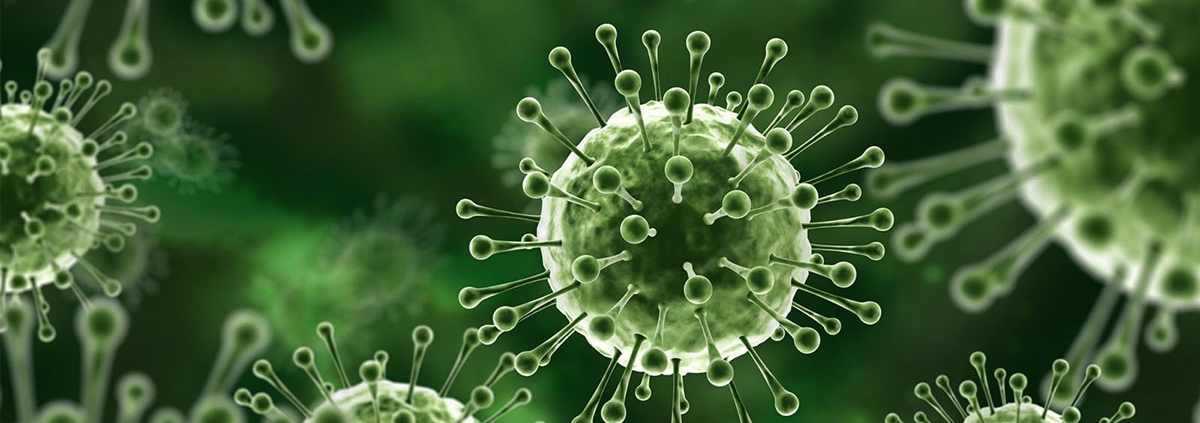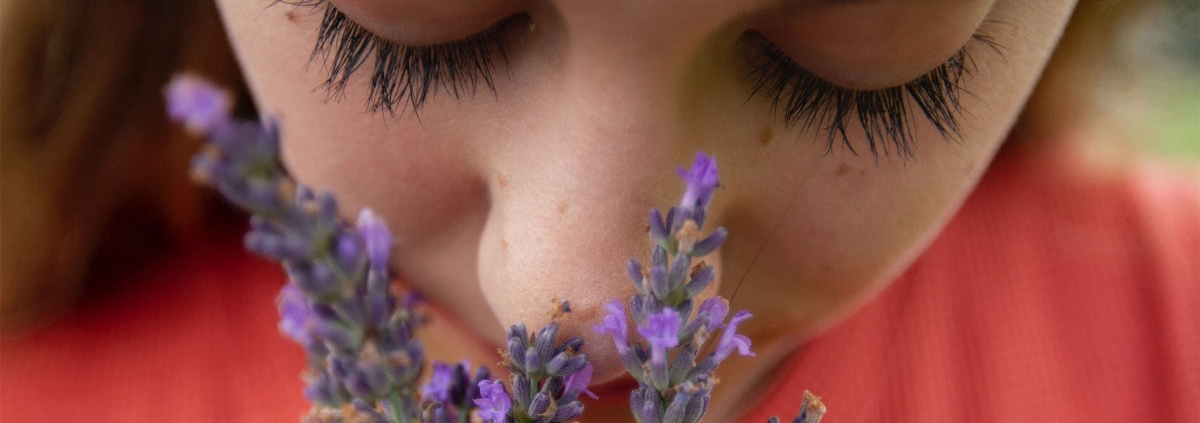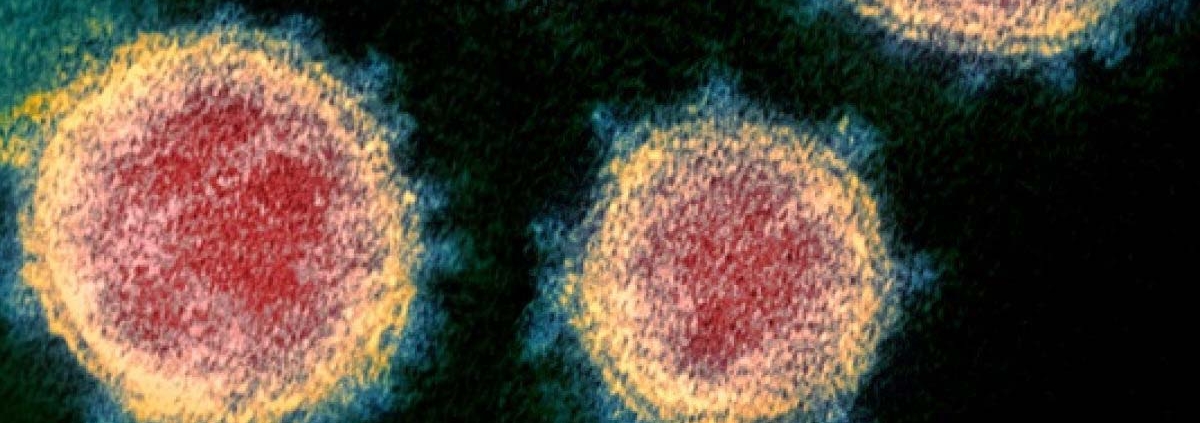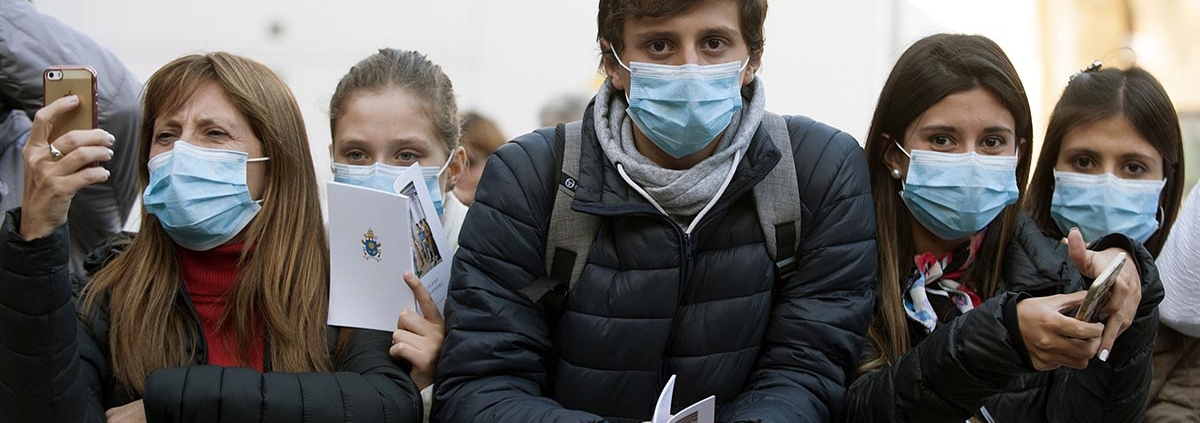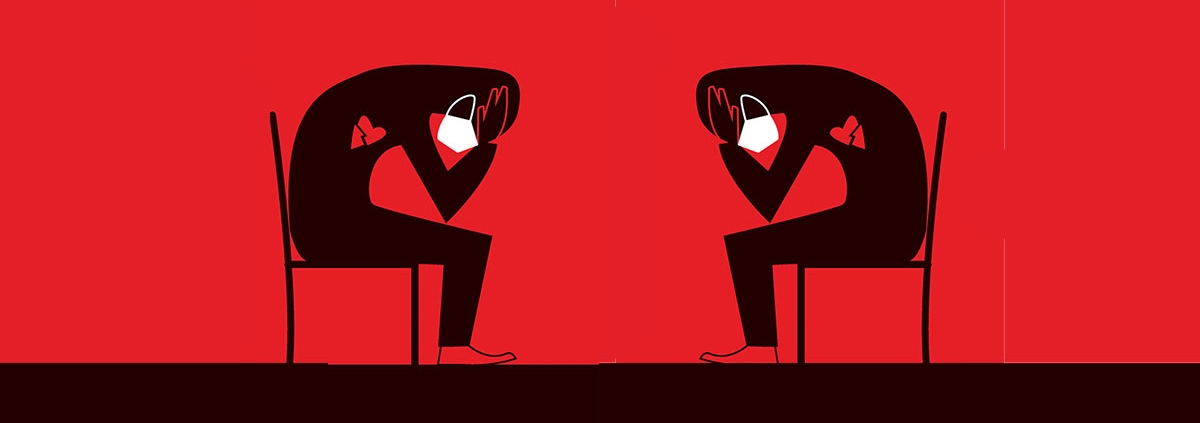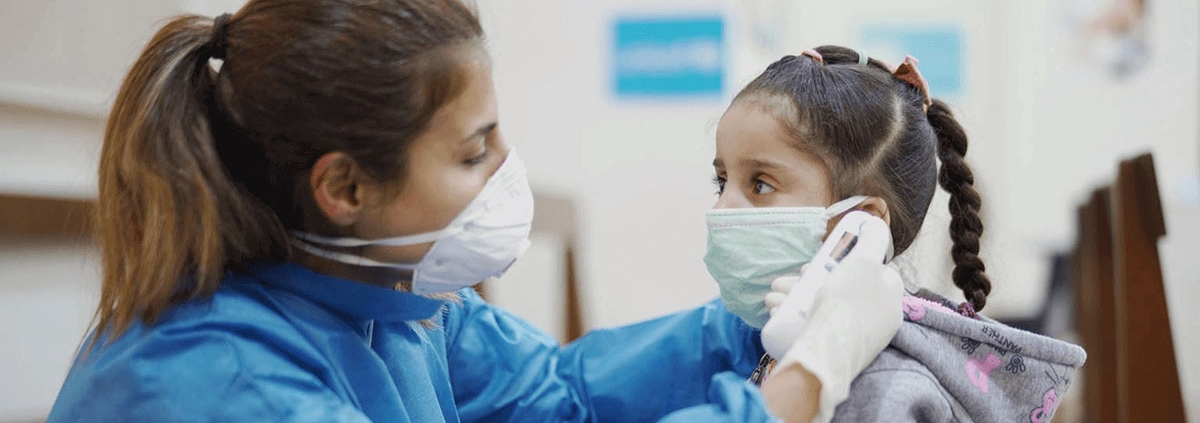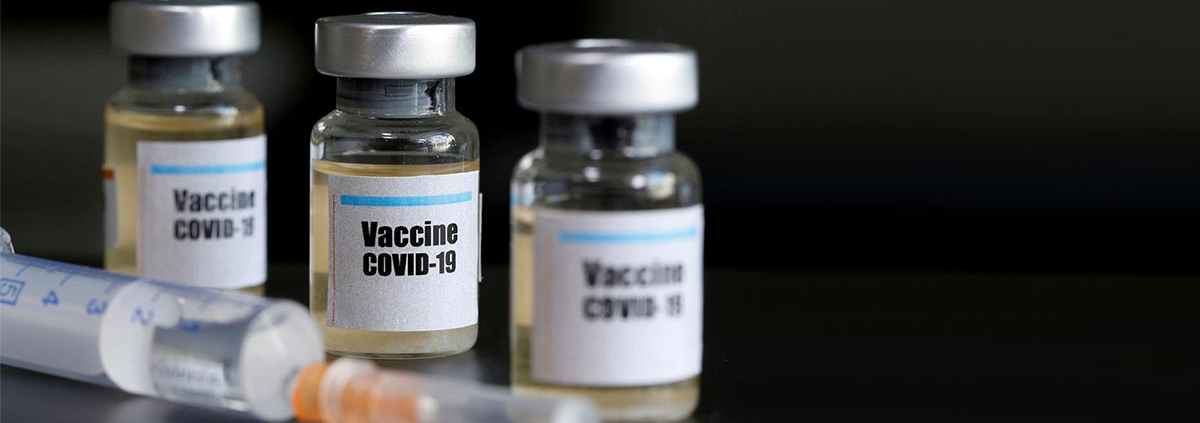Self-collected saliva and deep nasal swabs collected by healthcare providers are equally effective for detecting SARS-CoV-2, the virus that causes COVID-19, according to a new study conducted by ARUP Laboratories and University of Utah (U of U) Health.
The study, published in the Journal of Clinical Microbiology, represents one of the largest prospective specimen type comparisons to date, said Julio Delgado, MD, MS, ARUP chief medical officer. Other studies, including one from the Yale School of Public Health, have reached similar conclusions but with markedly fewer patients and specimens.
Researchers also found that specimens self-collected from the front of the nose are less effective than deep nasal swabs for virus detection. This finding prompted a subsequent study that has not yet been published in which researchers learned they could improve the sensitivity of anterior nasal swab testing to 98% by combining an anterior nasal swab with a swab collected from the back of the throat.
Release date: 20 August 2020
Source: University of Utah Health



